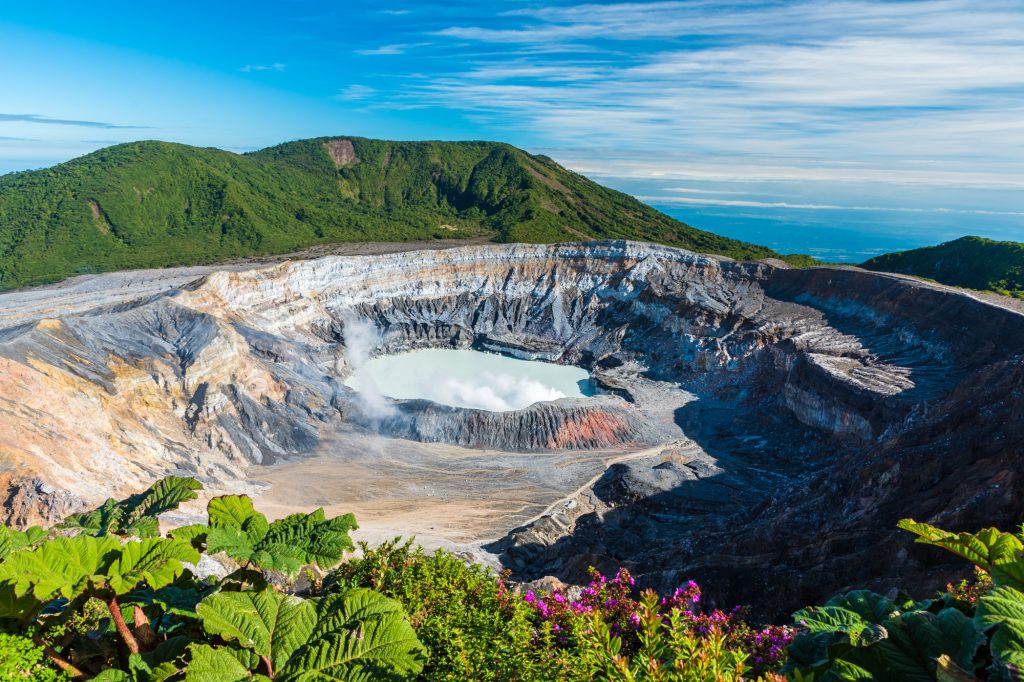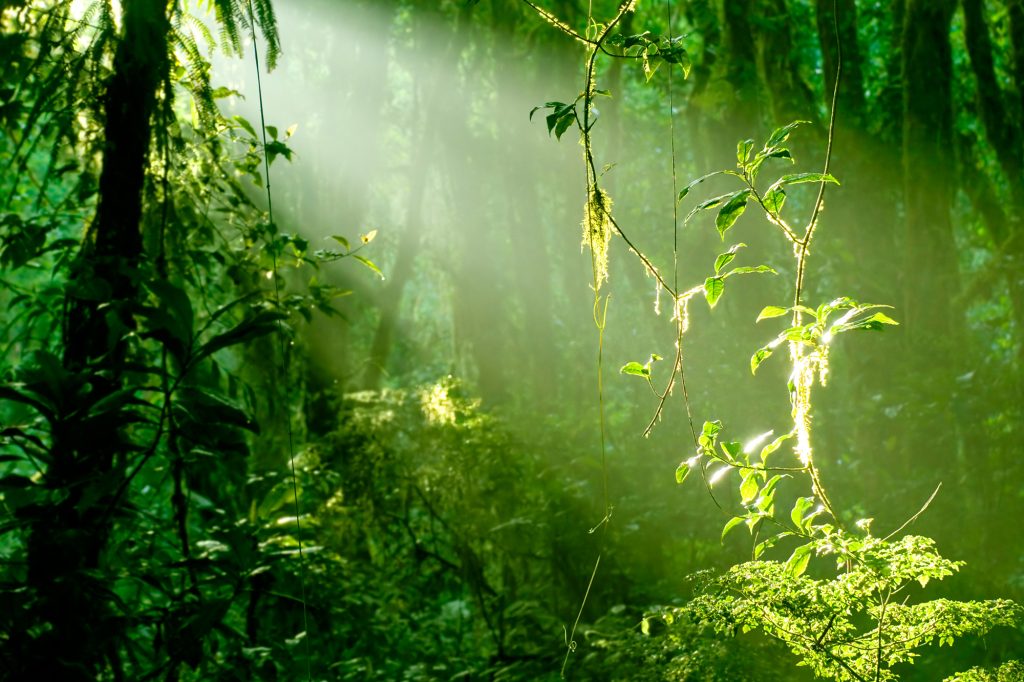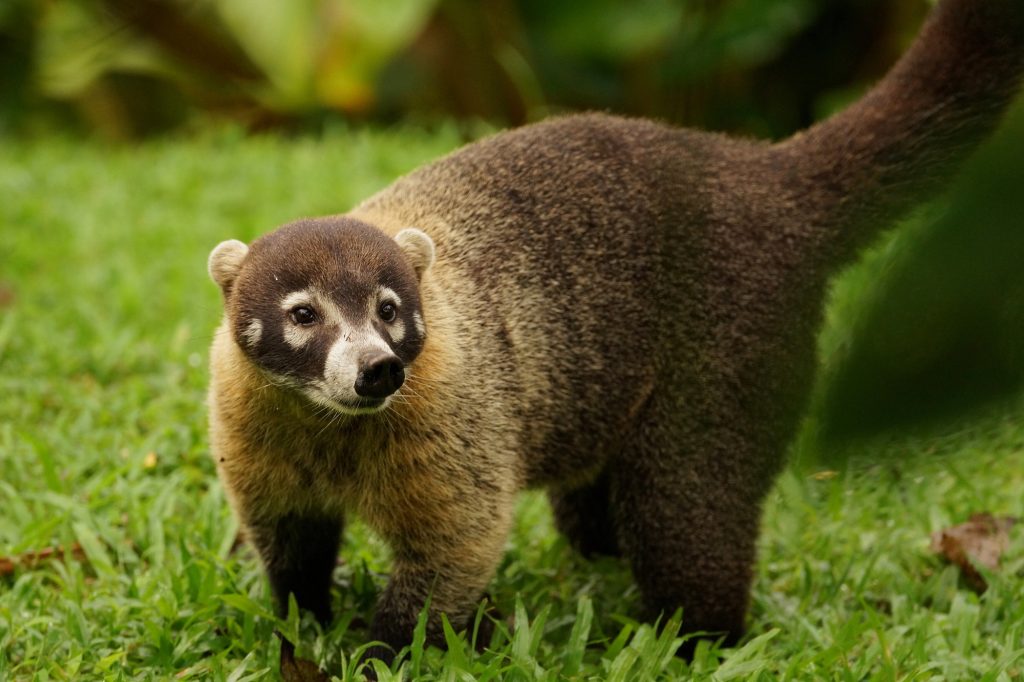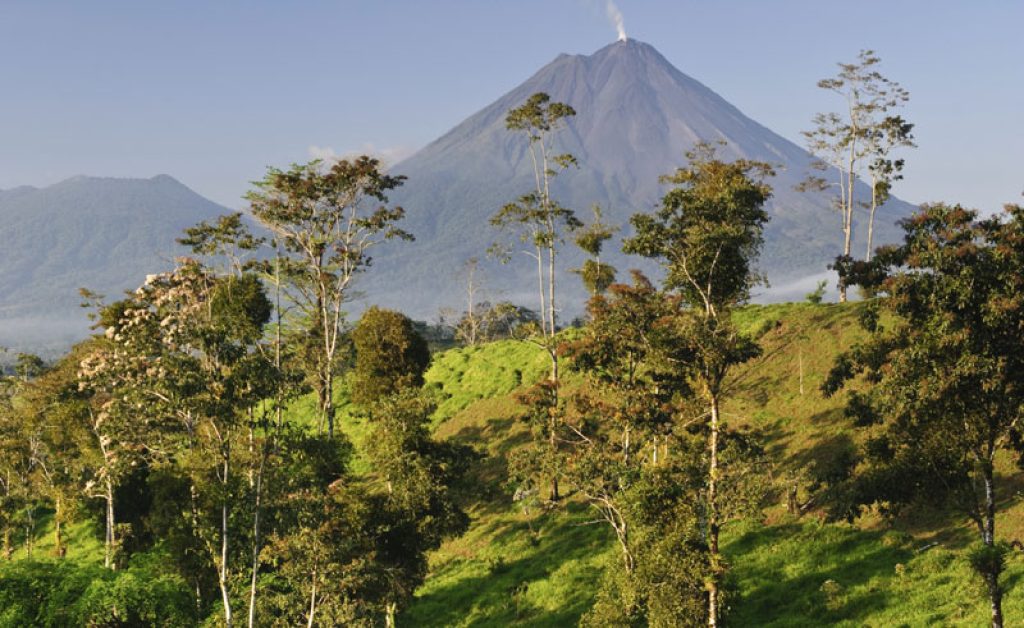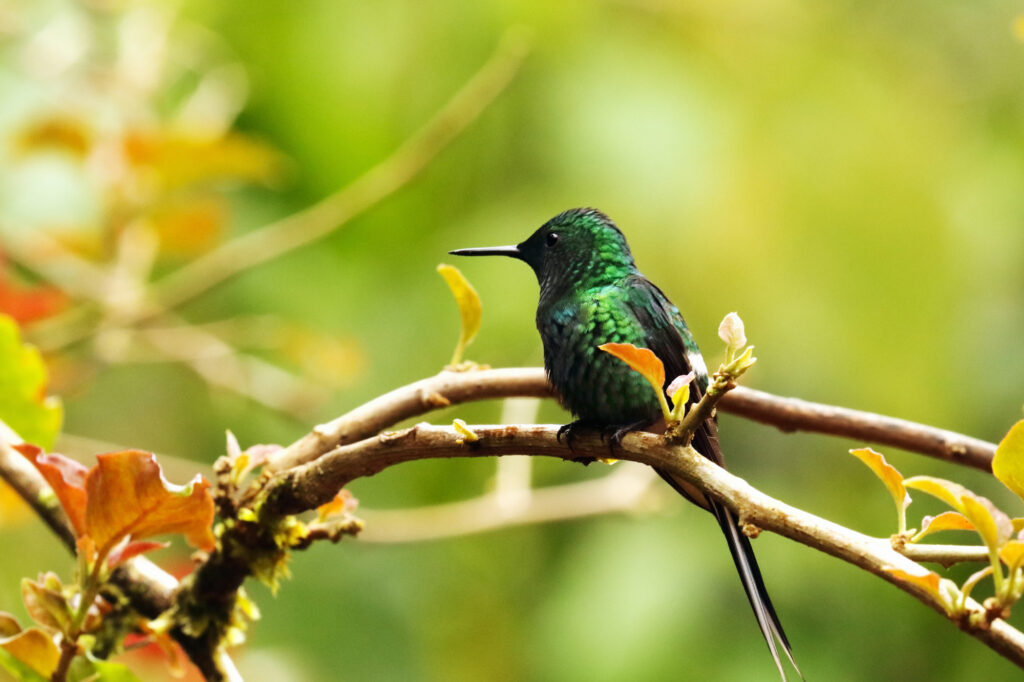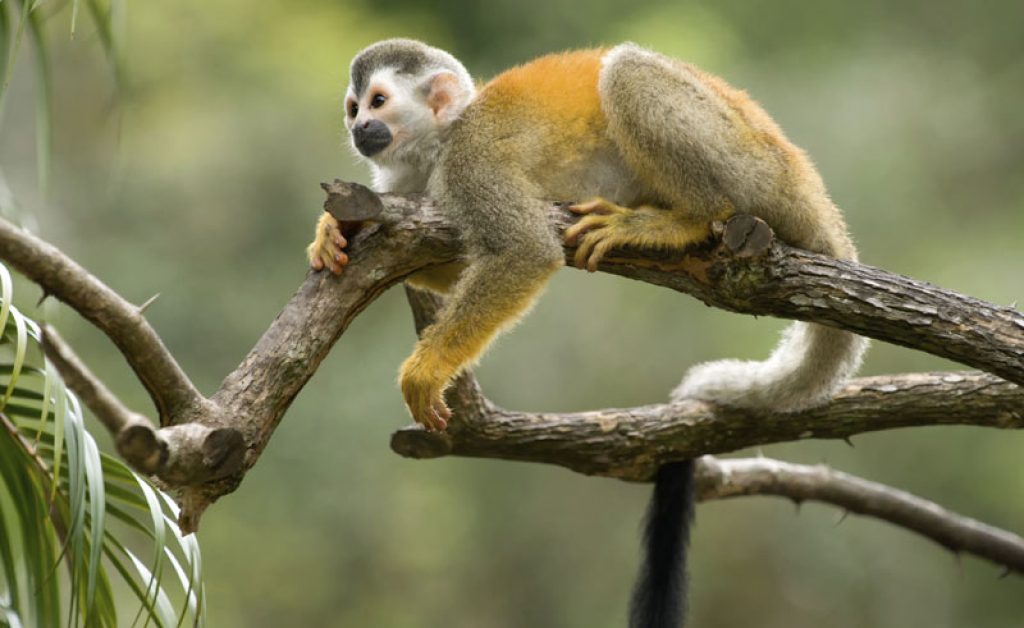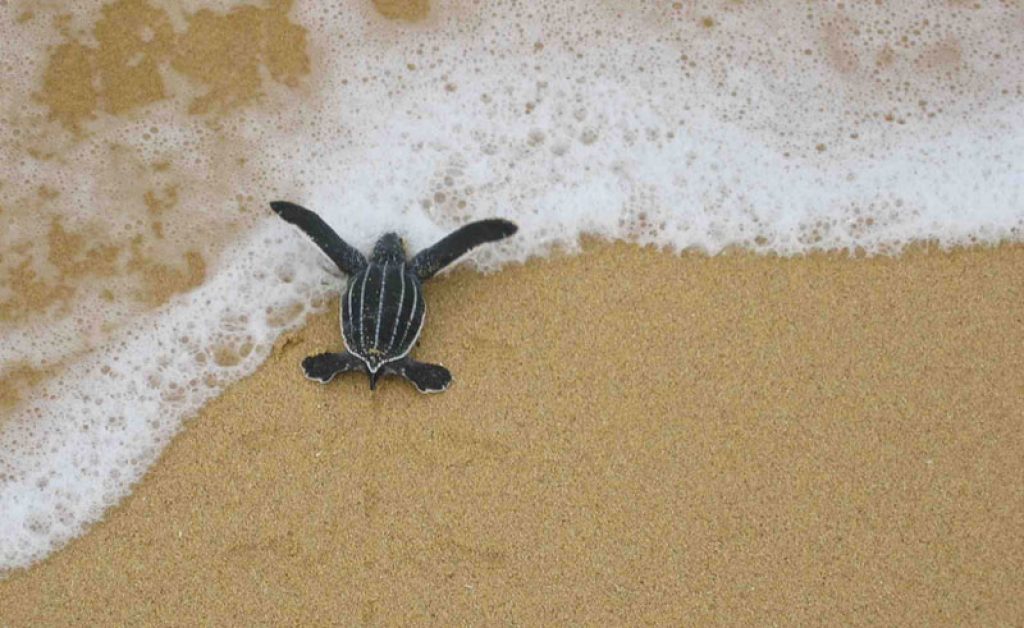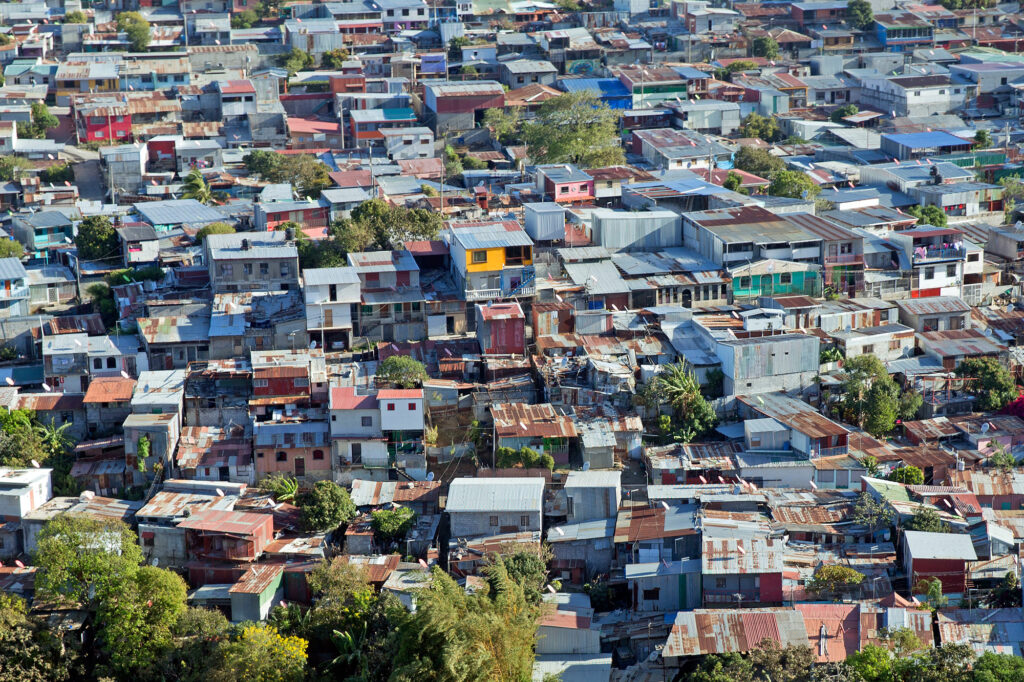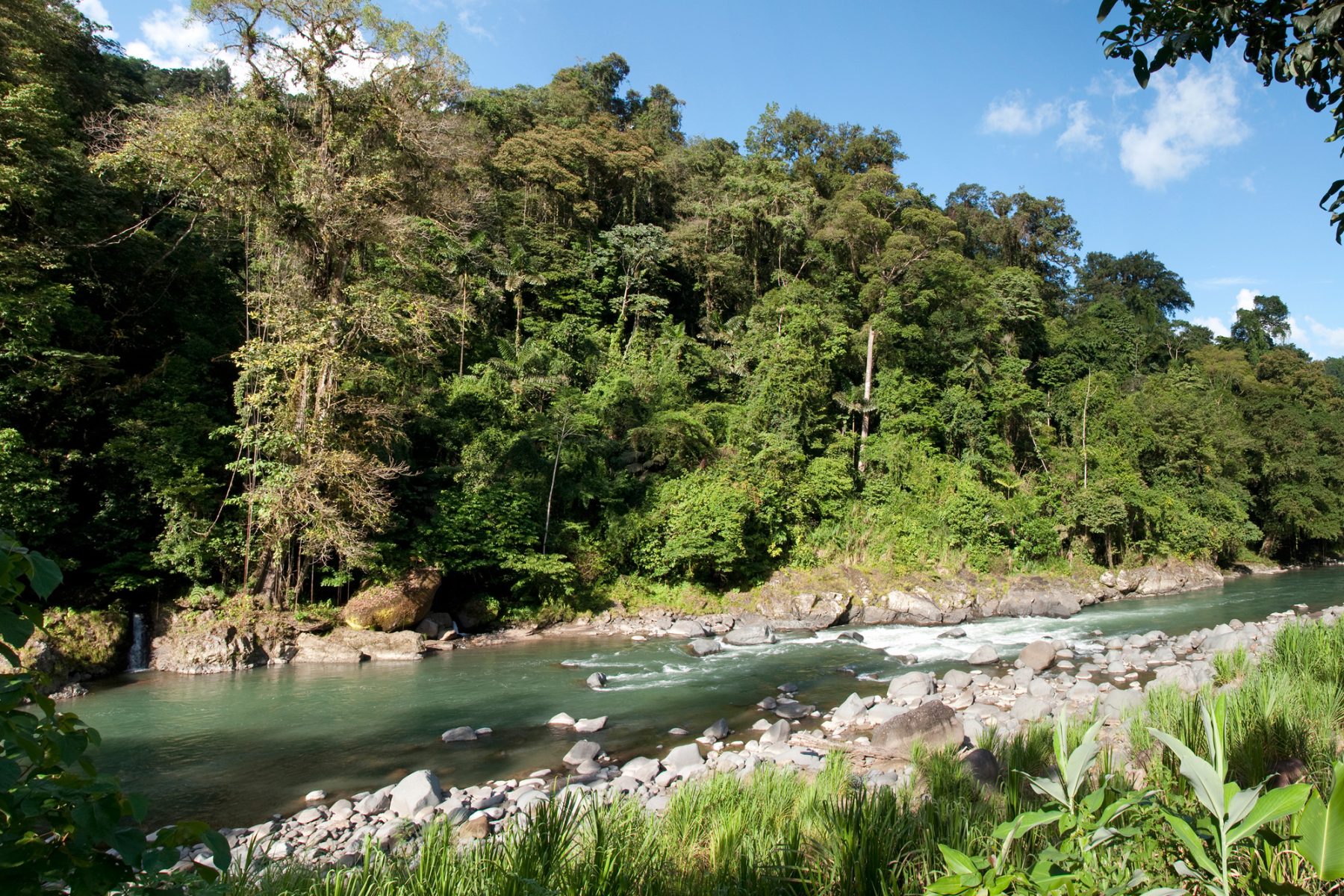
Costa Rica Enhanced Trip
10 Days from £3005pp
Based on a group size of 30 students and 3 teachers (free places)
Costa Rica is a shining example of sustainability, reforestation and environmental protection.
Today, close to 60% of the country is covered in forests with much of the land protected in National Parks.
For students looking to explore and learn about flora and fauna in the field, there is no better destination.
With 5% of the world’s biodiversity, and a diverse range of epic landscapes, you’ll be immersed in an adventure to explore all of what the country has to offer.
Your students can experience towering volcanoes, lush rainforests, waterfalls, caves, hot springs, stunning beaches, and so much more.
Along the way, they’ll also enjoy Costa Rica’s vibrant culture and embrace the Pura Vida (“pure life”) ethos. This 10-day example itinerary perfectly combines curriculum links with fun and activity.
Whether your educational focus is for geography, biology, or adventure, our team of travel specialists and former teachers are on hand to help create your perfect itinerary.
From thoughtful curation and planning, to promoting your trip and offering post-trip support, they’ll be there from start to finish.
Sharing their personal experiences and providing focused assistance, curriculum expertise and local knowledge, they’ll ensure that you save valuable time and that your students get the most out of this once-in-a-lifetime learning opportunity.
There are much more incredible things to see and do in Costa Rica which are not detailed in this itinerary. Get in touch with our team to receive our guidance on activities available and create an itinerary bespoke for your group, designed for your interests and budget.
What's included
- Return flights from London to San Jose
- Hold luggage for all passengers
- Professional Guide providing outstanding knowledge of Costa Rica’s culture & geography
- Students in multi-bedded rooms with bed linen and possible shared facilities
- Staff rooming based on same sex teachers sharing multi-bedded rooms
- All excursions, activities and entrance fees as specified in the itinerary
- Our unique Travel Disruption Support
- All transportation in Costa Rica, including airport transfers, in a modern, air-conditioned vehicle
- Loyalty Scheme with a range of benefits and discounts
- Unique no surcharge guarantee
- Full board basis – from dinner on first day to breakfast on last day
Day
1
Day 1 - Fly to San José
- Fly to San José International Airport
- Meet your guide on arrival
- Transfer to San José hotel
- Overnight San José
Your group will land in San José, the bustling and vibrant capital of Costa Rica. It is here that you will meet your knowledgeable guide, who will accompany you on your journey. After a delicious dinner, you will head to bed to rest up ahead of your first action packed day tomorrow.
Day
2
Day 2- Journey to Tortuguero
- Journey to Tortuguero, driving through Braulio Carrillo National Park and banana plantations
- Boat transfer on jungle canals
- Tortuguero beach walk
- Lecture by a local expert: Tortuguero Rainforest
- Overnight Tortuguero
Leaving San José and the Central Valley behind for the Caribbean coast, you’ll pass through the volcanic mountain range of Braulio Carrillo National Park.
Engulfed by lush wet rainforests, the sudden change of environment will make you feel like you’ve been transported elsewhere.
With the volcanic highlands behind you, the landscape will give way to huge swathes of agricultural land.
As the third largest exporter of bananas in the world, you’ll spot countless banana plantations along your route which are an essential part of Costa Rica’s economy.
As the roads give way to rivers and canals, you’ll leave the coach behind and make the rest of your journey through the jungle to Tortuguero via boat.
Once an archipelago of volcanic islands, alluvial sediments have since been washed down from the mountainous interior to form a network of marshy islands and mangrove swamps that characterise the Tortuguero National Park.
Where the rivers meet the sea, sand has deposited and built up the beaches that now play a vital role for nesting turtle species in Tortuguero.
As a transition zone from freshwater to saltwater, the beaches, canals, lagoons, and wetlands of Tortuguero are rich in biodiversity.
The Green Sea, Leatherback, and Hawksbill turtles all nest on the beaches inside the 19,000 hectare National Park, which has been designated as a protected nesting habitat since 1963.
If your group is visiting between July and October, you may be lucky to see some of the 22,500 female turtles that nest here every year.
As you walk along the beach, witness how the rainforests and wetlands meet the sea, and learn about the animals that utilise the difference between these two environments to their advantage.
To finish your day, a local expert will talk about the Tortuguero rainforest and the flora and fauna that can be found here.
Your group will then spend the night at your accommodation in Tortuguero.
Be sure to get some rest as it’ll be an early start tomorrow morning for a full day of activities.
Day
3
Day 3- Tortuguero
- Dawn wildlife boat tour of Tortuguero National Park
- Cacao and chocolate tour
- Tree planting conservation activity
- Tortuguero village tour and talk on Caribbean heritage and culture
- Sea Turtle Conservancy Centre
- Night walk
- Overnight Tortuguero
To truly experience Tortuguero National Park, it’ll be an early start for a dawn wildlife boat tour.
Traversing the maze of rivers and canals, the park will come alive with the sound of howler monkeys and birds as the rising sun illuminates the trees.
This will be a great opportunity to spot a wide variety of flora and fauna with the help of your guide.
Back in the village, enjoy a cacao and cholate tour.
By visiting a cacao plantation, you’ll learn about the processes involved in growing cacao trees, extracting and processing the seeds, and finally creating chocolate in all of its rich and delicious varieties.
To assist the national park with its conservation efforts, spend some time planting native trees to restore areas that have been damaged by storms or deforestation.
Not only will your students get to play a part in creating future habitats, but they’ll also help to lower their carbon footprint from the trip. You’ll also learn why this activity isn’t isolated to just national parks and is instead encouraged to farmers through monetary incentives.
This has been one of conservation’s biggest success stories and is one of the main reasons why Costa Rica is now a beacon for reforestation and ecotourism.
In the afternoon, enjoy a guided tour of Tortuguero village to better understand the unique location and culture, and how the community survives on ecotourism.
Your guide will also give everyone a talk on Caribbean heritage and culture.
Perfect for the humanities subjects, you’ll gain a better understanding of how the Caribbean culture in unique in Costa Rica, and how it has been shaped by its history, landscapes, and religions.
This cultural difference is noticeable predominantly in the language, with Spanish and Creole English, called Patois, spoken everywhere. The Afro-Caribbean music scene is also popular here, and is influenced by a wide variety of dances, instruments, and musical techniques.
Due to the large number of religious backgrounds in this part of the country, faith and religious beliefs are also much more diverse.
No trip to Tortuguero is complete without a visit to the Sea Turtle Conservancy Centre.
This small museum and conservation centre will allow your students to gain a deeper understanding of the species of turtles that nest here, their life, their habitat, the conservation techniques used to protect them, and why it’s important to do so.
To finish your day, your group will enjoy a guided night walk around the forests surrounding the town. Though not obvious at first, your guide will use his expert eye to spot the rich diversity of animals and insects that come out at night.
Whether it’s dwarf porcupines, frogs, bats, moths, tarantulas, snakes, sloths, or iguanas, you’ll be amazed at what species come out at night.
Once you get back to the village, return to your accommodation to rest up for your day tomorrow.
Day
4
Day 4- Sarapiquí
- Boat transfer from Tortuguero and onward journey to Sarapiquí
- Biodiversity field studies programme at La Tirimbina Biological Reserve
- Overnight Sarapiquí
Today you’ll continue west to the important ecotourism region of Sarapiquí.
Located at the convergence of the Rio Puerto Viejo and Rio Sarapiquí rivers, this area is home to large swathes of premontane rainforests that form the northern flank of the Cordillera Central range.
Today’s activity will take you to the fascinating Tirimbina Biological Reserve.
Perfectly situated on one side of the Rio Sarapiquí, this eco-lodge and research station provides a base for scientists and ecotourists from around the world to conduct rainforest research and assist with ongoing ecological studies.
That’s where your group will be helping as you tour the rainforest and assist your guides with their biodiversity field study.
Crossing the river and accessing the rainforest via an 860ft hanging bridge, the longest in Costa Rica, you’ll be transported into a vibrant green rainforest spanning 345 hectares.
Using the trails of the forest, your aim is to spot and catalogue as many different species as possible, paying particular attention to any that are rare and not often seen in the area.
Your guides will teach you how to spot wildlife, how to document key metrics, and how to remain safe in this environment.
During your breaks back at the tranquil lodge, your guides will discuss their ongoing studies, any unique discoveries that they’ve made, and how the field station here is empowering the younger generation to explore and protect these vital ecosystems.
Once you’ve finished at Tirimbina, it’s a short drive to your overnight stay in the nearby town of Sarapiquí.
Day
5
Day 5- La Fortuna & Arena
- La Fortuna waterfall
- Arenal Volcano National Park including lava flows
- Baldi Hot Springs
- Overnight La Fortuna
Today begins with a short drive west to the Arenal Volcano and the nearby town of La Fortuna.
Set in the foothills of the dormant Chato Volcano, the La Fortuna Waterfall drops 70m down from the rainforest above into a plunge pool that is a popular swimming spot for tourists and locals.
As you get your first glimpse of the waterfall, and the humid microclimate that it creates, you’ll soon understand why this area was used as inspiration for the original Jurassic Park films.
As you descend the 530 steps to the base of the waterfall, you’ll find the route lined with a wide variety of orchids, ferns, bromeliads, butterflies, and tropical plants.
To promote ecological diversity and education for its visitors, you will also find an orchid trail and butterfly garden near the entrance.
Your next stop will be the Arenal Volcano National Park.
At 5,358ft (1,633m) tall, this stratovolcano is one of the most recognisable in the country thanks to its symmetrical conical shape. It’s also one of the youngest at just 7,500 years old.
As you explore the dense forests of the national park, your guide will identify the numerous lava flows that cover its flanks and explain how old they are, how far they travelled from the summits, and how the forests are slowly claiming them back under the canopy.
They’ll also discuss the various methods used in the region for energy production, including wind, geothermal, and hydroelectric.
To end your day, experience the geothermal heat from Arenal’s underground magma chamber at the Baldi Hot Springs.
These 25 thermal water pools will provide the perfect, tranquil setting to relax, unwind, and listen to the hum of the rainforest.
Drive back to La Fortuna for your overnight stay.
Day
6
Day 6- Venado caves
Day 6
- Venado caves
- Tenorio National Park and hike to Rio Celeste
- Overnight Miravalles
This morning’s adventurous activity begins an hour northwest in the Venado Caves.
Discovered by the Guatusos aboriginals, the Venado caves are formed by limestone rocks, stalactites, stalagmites and corals.
Exploring the cave is an exciting adventure for those who don’t mind getting wet and muddy. There will be crickets, spiders and bats to accompany you along your tour.
Although the caves are dark, bioluminescent fungi will help light your way and make for an otherworldly experience.
From here, head west to the Tenorio National Park.
Centred around the Tenorio Volcano and its four cones, the lush rainforest that covers the volcano’s slopes is not only teeming with wildlife, but it also holds one of Costa Rica’s most magnificent scenes.
As your group hikes along the trails and across the hanging bridges, the striking turquoise colour of the river will provide the perfect backdrop to your adventure, all culminating at the beautiful Rio Celeste waterfall.
Continue northwest to your overnight stay in Miravalles.
Day
7
Day 7- Volcanoes & mud baths
- Miravalles Volcano and viewpoint
- Las Hornillas geothermal mud baths and thermal pools
- Puma Rescue Centre
- Transfer to Monteverde
Your first stop of the day will be the Miravelles Volcano and the surrounding geothermal area.
Standing at 6,637ft (2,023m) high, this dormant stratovolcano still produces a high geothermal heat flow which will become present as you explore the tranquil settings around its flanks.
This region is the largest developed geothermal field in Costa Rica, producing sustainable energy to the Guanacaste region.
To truly experience the region’s geothermal heat in action, visit the Las Hornillas Volcanic Activity Centre.
As you explore the active crater, you’ll have the opportunity to talk about the distinguishing volcanic features present here, including boiling mud baths, steaming hot springs, fumaroles, and rocks stained yellow from sulphur gas.
You can also experience the therapeutic qualities of this heat by bathing in the mud baths back at the centre.
Descending the volcano and heading south, your final activity of the day will be a visit to the Puma Rescue Centre, so named for its most famous resident.
Taking in a wide variety of animals that have been injured, orphaned, or rescued from the illegal pet trade, this non-profit centre helps to rehabilitate and release these animals back into the wild.
Your students will gain a great insight into the work that is involved to care for such a wide variety of animals, and how rehabilitated animals can be released safely back into the environment.
As well as seeing 5 of Costa Rica’s 6 wild cat species here, you’ll also get to see monkeys, deer, otters, toucans, scarlet macaws, parrots, and so much more.
To end the day, head up to the beautiful area of Monteverde for your overnight stay.
Day
8
Day 8- Monteverde
- Rainforest canopy hanging bridges in Monteverde with biologist guide
- Monteverde cloud forest walk
- Sarchi
- Overnight San José
This morning, you’ll be exploring the beautiful cloud forests of Monteverde.
Described by National Geographic as “the jewel in the crown of cloud forests”, it’s one of Costa Rica’s seven wonders and holds a remarkable biodiversity of flora and fauna.
So much so that 50% of Costa Rica’s species can be found here, as well as 2.5% of the world’s biodiversity.
The treetop hanging bridges of the rainforest canopy provide the perfect vantage point to explore the forests at your own pace.
This lush canopy holds over 3,200 species of tropical plants, including 700 species of trees and 500 species of orchids.
For students interested in the fauna of the region, the forest is home to hundreds of species of birds, mammals, amphibians, and reptiles, as well as thousands of species of insects.
Go slowly though, the best way of spotting the wildlife in the dense forest is to be still, take in the landscape around you, and keep your eyes peeled for movement.
Leaving Monteverde behind, travel back into the Central Valley, stopping in the artisan town of Sarchi.
Famous across the country for its vibrant and colourful oxcarts, you’ll find numerous shops and market stalls selling beautifully handcrafted jewellery and souvenirs decorated in this characteristic style.
As you travelled across Costa Rica, you may have noticed these distinctive oxcarts.
Thanks to their ability to traverse a variety of rugged terrain, these oxcarts were incredibly important in the growth of the country’s economy as they transported people, goods, and most importantly, coffee.
So important were these oxcarts that they are now a national symbol of Costa Rica.
To finish your day, you’ll continue to the capital of San José for your overnight stay.
Day
9
Day 9- Airport transfer
- Transfer to San José International Airport for your flight home
- ¡Adios Costa Rica!
Once you’ve reached the airport and said goodbye to your guide, it’ll be time to say “¡Adios Costa Rica!”
Trip notes:
This trip itinerary is just one example of a trip to Costa Rica. We have a wide range of activities to suit different academic interests, budgets and abilities.
The price of this trip was based on a group size of 26 students travelling with 3 teachers on free places, in October 2022. You can add an additional teacher for £105pp extra.
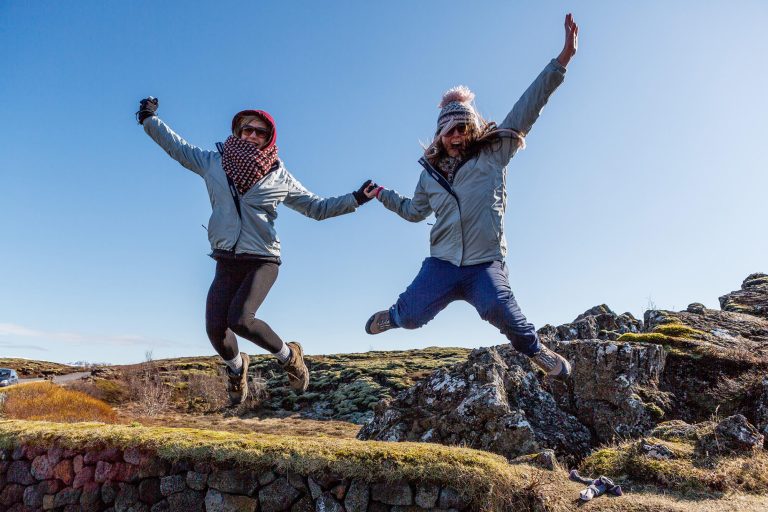
School Trip Planning Hub
We know that the real job of selling a school trip is down to you and your colleagues so we've collated some helpful resources for you to use to make sure you not only get the buy in from your students and their parents, but also that you have all the details you need to ensure a simple planning process.
Launching Your School Trip